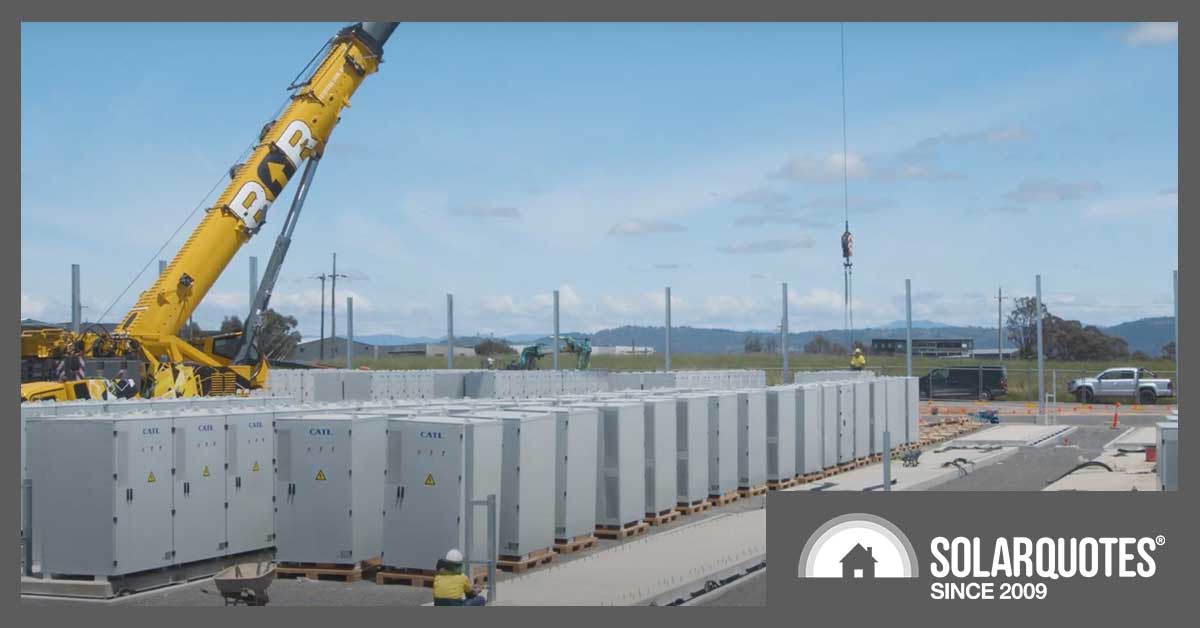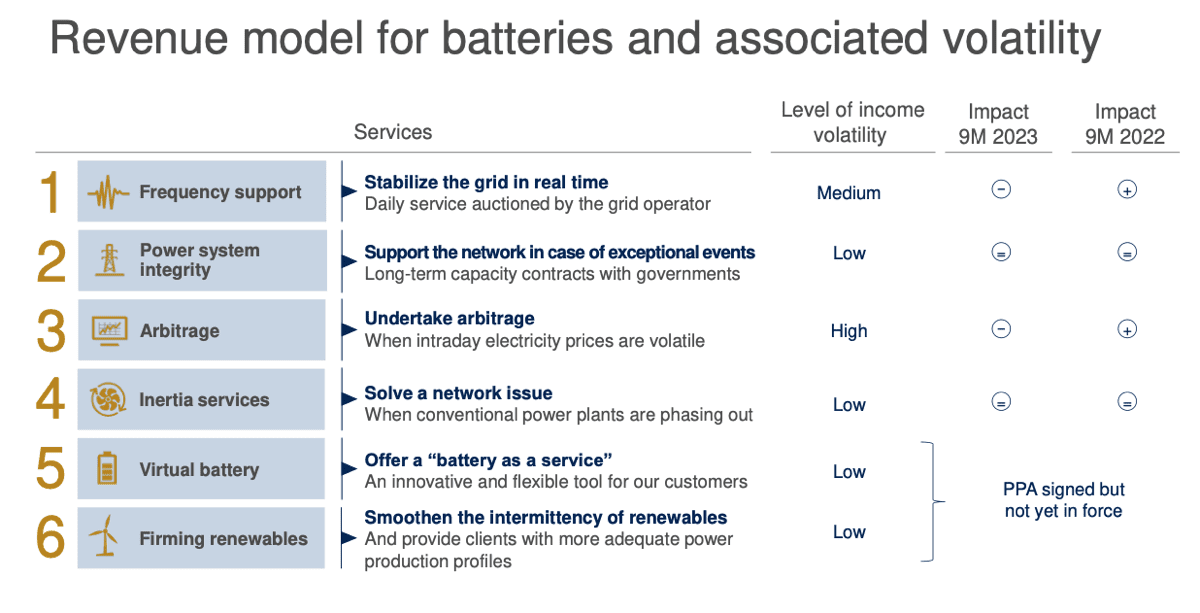
Neoen’s grid-scale battery planned for Canberra is built, but it will take until next year for it to be connected, due to delays in compliance testing. Known as ‘Capital Battery’, the battery packs are manufactured by CATL and can support 20% of ACT’s peak summer demand.
In April 2022 Neoen said:
“the asset is expected to start operating in the first half of 2023”.
But in an investor call last week for the company’s third-quarter results for 2023-2024, CEO Xavier Barbaro told investors and analysts the commissioning of Capital was
“taking more time than originally expected”.
He laid the blame with connection compliance, which he emphasised was the responsibility of Neoen’s EPC contractor.
Neoen’s contractor building the battery is Doosan GridTech.
The French company said it expanded its portfolio by 30 percent in 2022-2023, and it currently has 2.4GW under construction (including Capital).
Australia makes up a significant chunk of works under construction, including Capital (100MW / 200MWh); Western Downs in Queensland (270 MW / 540 MWh due in the second half of 2024); the 239 MW / 477 MWh Blythe battery (due in 2025); the 219 MW / 877 MWh Collie battery (due Q4 2024); and the 412 MW Goyder wind farm in South Australia (being delivered in two phases beginning Q4 2024).
One reason Neoen is not particularly troubled about the delay, Barbaro said, is that the company believes it gets better value out of developing projects in challenging locations, like Canberra.
“If you try to invest in projects that are sometimes difficult to develop, or combine different technologies, you can fetch some higher prices … that is what we are trying to demonstrate in Australia.”
Barbaro added that “liquidity damages” are in place in the EPC contract.
70MW/140 MWh of the 200 MWh battery will be provided to AGL as a ‘virtual battery’. AGL won’t own the battery, but pay Neoen a fee to charge and discharge the battery as needed.
The rest of the battery will be used for ‘network services’ as described here:

Image: Neoen
Australia made up 46 percent of Neoen’s capacity at the end of September 2023, the results presentation showed (pdf).
Other Australian highlights in the results included:
- A contract from AEMO for the Collie battery to supply 197 MW / four-hours of capacity services, awarded in June; and
- A July contract for extra capacity at Western Downs.

 RSS - Posts
RSS - Posts



It seems there are quite a few energy projects taking far too long to become operational. Two BESS examples I see:
1. Greenspot’s Wallerawang 9 BESS (500 MW / 1,000 MWh) project proposal started formally with the issuing of the Scoping Report on 18 Feb 2021 and the NSW DPE issuing the SEARS on 18 Mar 2021. Project approval was formally granted on 4 Aug 2022.
https://www.planningportal.nsw.gov.au/major-projects/projects/wallerawang-battery-energy-storage-system
But I heard today at the Greenspot Wallerawang Community Consultation Drop-in Session at the Lithgow Transformation Hub, that the electricity network connection application has still not yet been approved, and thus the final investment decision (FID) is still pending. It’s currently hoped that the Wallerawang 9 BESS may begin the construction phase by Q4 2024. I’d suggest this BESS probably won’t be operational before the Eraring Power Station closure announced for 2025.
2. Neoen’s Great Western BESS (500 MW / 1,000 MWh) project proposal started formally with the issuing of the Scoping Report on 15 Dec 2020 and the NSW DPE issuing the SEARS on 4 Feb 2021. Project approval was only just approved on 2 Nov 2023, so the Great Western BESS appears to be more than a year behind Greenspot’s Wallerawang 9 BESS project.
https://www.planningportal.nsw.gov.au/major-projects/projects/great-western-battery-energy-storage-system
The Great Western BESS would be about 1.25 km from the Transgrid Wallerawang 330 kV substation, and the Wallerawang 9 BESS would be closer.
Why are these energy projects taking so long to get operational? Are governments fair dinkum about a rapid energy transition and reducing GHG emissions?